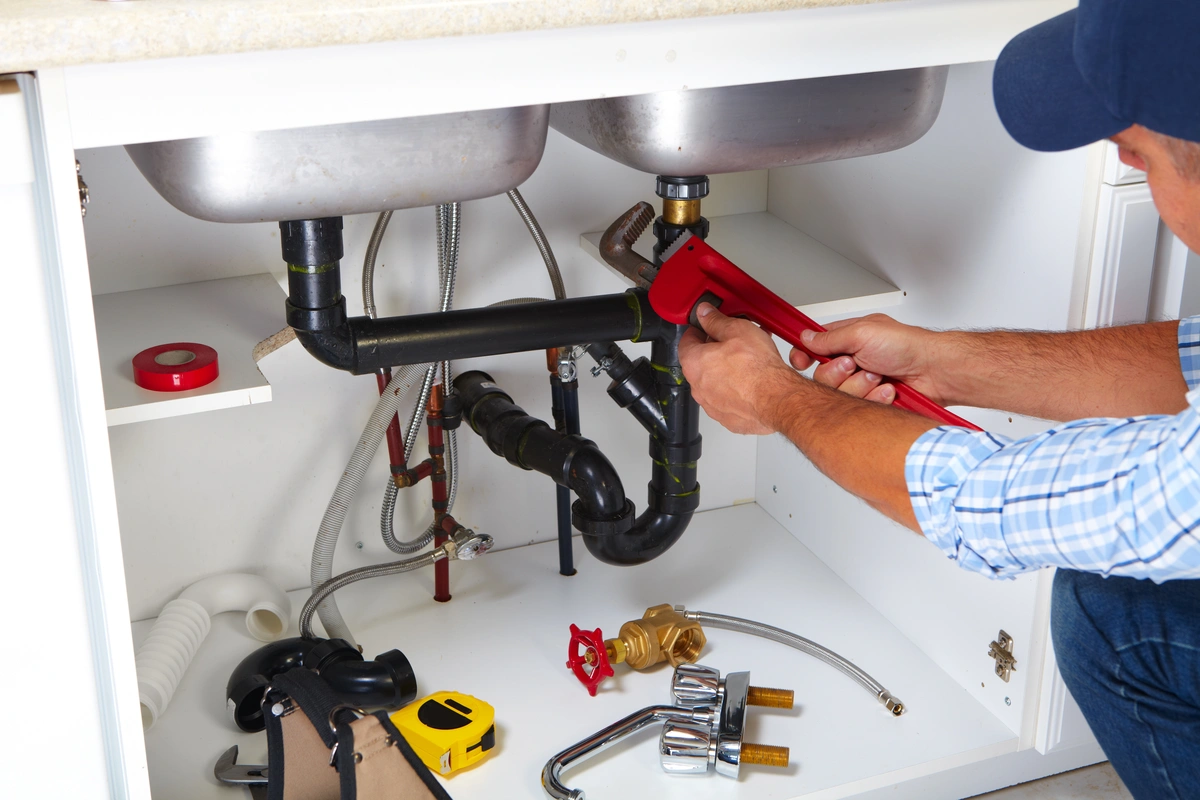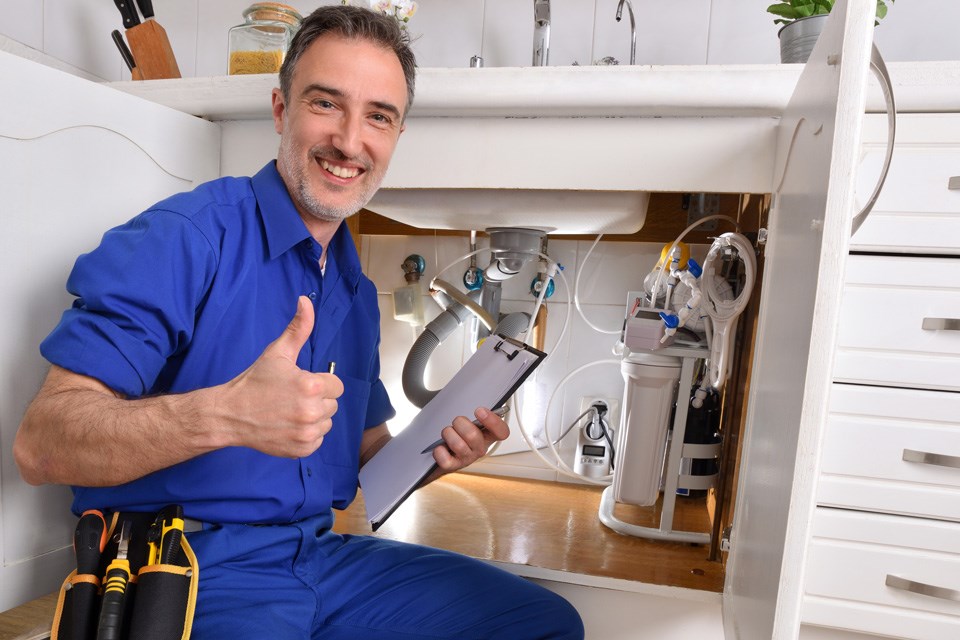A Detailed Overview to Effective Water Heating Unit Installment for Optimum Performance
Starting the task of mounting a water heating system is an endeavor that requires accuracy and a methodical approach for achieving optimum efficiency. The process starts with the vital decision of picking the ideal heating unit tailored to the details needs of your house, considering variables such as dimension, power, and kind resource. As soon as picked, preparing the setup area to meet safety requirements is paramount. Nevertheless, the journey doesn't end below. As you continue, the details of linking water lines and setting up trustworthy electrical or gas connections wait for, appealing understandings into guaranteeing performance and dependability.
Picking the Right Water Heater

Next, consider the dimension and capability of the water heating unit. It's important to examine your home's warm water demands, which can vary based upon the variety of occupants and their usage patterns. An unit that's too little may cause inadequate warm water, while an extra-large version could cause unneeded power usage.
Efficiency ratings also play a critical role in selection. Look for water heaters with high Energy Factor (EF) ratings, showing remarkable performance and reduced power use. Tankless designs, though normally a lot more costly in advance, offer substantial power savings with time as a result of their on-demand heating capacities.
Preparing the Installation Area
Before mounting a new hot water heater, precise preparation of the setup area is essential. This guarantees a smooth installment procedure and assists avoid future complications (Plumber Alabaster AL). Begin by picking a proper location that abides by regional building codes and safety and security requirements. The area ought to be completely dry, well-ventilated, and easily accessible for maintenance. It's crucial to determine the space meticulously to fit the hot water heater's measurements, making sure sufficient clearance around the device for effective procedure and servicing.
Examine the flooring for security, as the water heating unit will need a solid, level surface area to run properly. If essential, mount a drip pan below the unit to catch potential leakages or spills, avoiding water damages to the surrounding location.
Additionally, make certain that all needed tools and products are on hand prior to beginning the setup. This consists of products such as wrenches, screwdrivers, a degree, and any type of extra hardware needed for safeguarding the heating unit and installing. A well-prepared installation location sets the foundation for an effective water heating unit setup, maximizing performance and safety.
Connecting Water Lines
When linking water lines to your freshly set up water heater, it is critical to make sure that all connections are safe and secure and leak-free to maintain effective operation and stop water damage. Begin by identifying the hot and cool water system lines. The cold water inlet is commonly marked with a blue tag or a "C", while the hot water electrical outlet is noted with a red tag or an "H".
Use flexible water heating unit ports to promote a simpler setup process. Prior to connecting the adapters, place a plumbing technician's tape around the threaded ends of the water heating system's inlet and electrical outlet pipelines.
As soon as links remain in area, gradually transform on the major water shutoff. Evaluate each link for leakages by aesthetically really feeling and inspecting for wetness. Tighten connections as required, and guarantee the pressure relief valve is correctly installed, safeguarding versus too much stress accumulation.
Setting Up Electrical or Gas Connections
Effectively setting up the electric or gas connections for your water heater is a critical step to ensure secure and efficient operation. For i was reading this electrical water heaters, begin by validating that the electric circuit is suitable with the heater's voltage and amperage needs.
For gas water heating units, safety is extremely important. Confirm that the gas supply is off prior to continuing. Connect the gas line to the hot water heater making use of a flexible gas adapter, guaranteeing it is correctly threaded and secured with pipeline joint compound or Teflon tape suitable for gas connections. Tighten up the links with a wrench, taking care not to over-tighten (Water Heater installation Alabaster AL).
Once connections are made, check for any kind of possible leaks. For gas lines, apply a soapy water option to the joints; bubbles show a leakage. For electric links, double-check that all electrical wiring is safe and effectively shielded, dig this maintaining compliance with local electrical codes.
Checking and Readjusting for Performance
With the electric and gas links firmly in area, the following action is reviewing the functional effectiveness of your water heating system. Begin by meticulously transforming on the water system and making certain there are no leakages at any of the valves or joints. Once confirmed, continue to load the storage tank, taking notice of the pressure and temperature setups. It is suggested to establish the thermostat to a suggested temperature of around 120 ° F(49 ° C) to stabilize power effectiveness and comfort.
Following, do a complete assessment to guarantee the burner or burner are operating properly. For electric heating systems, use a multimeter to validate if the aspects are drawing the proper present. In gas models, observe the heater flame; it must be blue and stable, suggesting efficient burning.
Adjust the setups as necessary to get rid of inefficiencies. Think about executing insulation actions, such as adding a hot water heater blanket, to additionally enhance performance by decreasing warm loss. In addition, check the anode pole's problem, as a scrubby pole can minimize efficiency and lead to tank corrosion.
Verdict
Reliable water heating unit installation is crucial for ensuring optimal performance and energy financial savings. Safely attaching water supply lines and thoroughly establishing up electric or gas connections lessen possible concerns.

Correctly setting up the electrical or gas links for your water heating system is a vital visit here action to ensure effective and safe procedure. For electric water heating units, begin by verifying that the electrical circuit is compatible with the heater's voltage and amperage needs. Connect the gas line to the water heating unit utilizing an adaptable gas port, ensuring it is properly threaded and sealed with pipeline joint substance or Teflon tape appropriate for gas links.